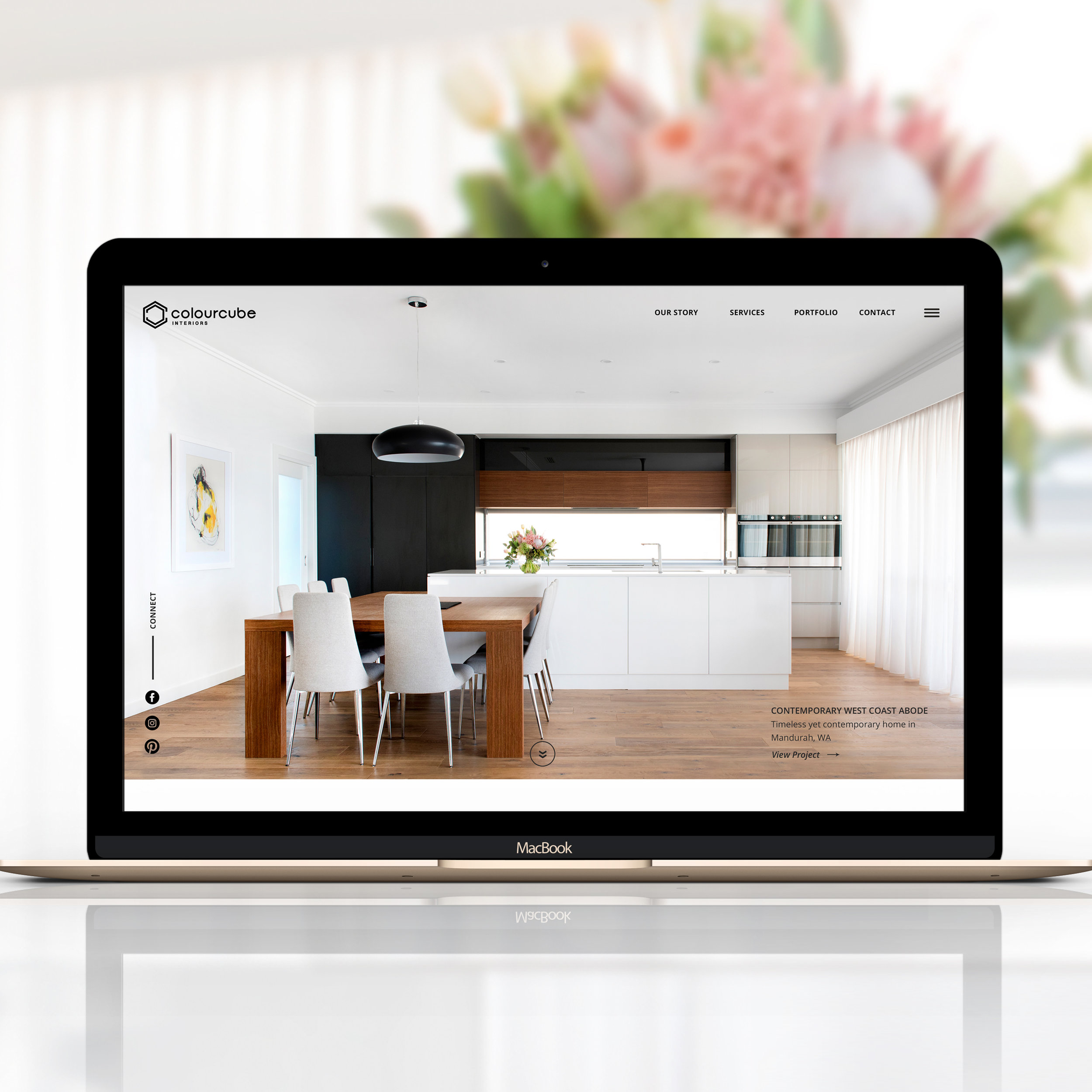I'm so thrilled to bring my very first guest post to my blog this week. I had been thinking for so long about ways to connect and collaborate with other creative businesses in Perth and the idea of starting a guest post series on this topic had been in my mind for a few months already.
Then, I found Jay, of Crisp Crow Communications, through a Facebook group a few weeks ago. I visited her website, felt in love with her words and thought to myself "how amazing would be to have her as a guest in my blog". Jay, who kindly accepted my invitation to write a blog post, has put a lot time and care in creating this smart and inspiring post on the business of beauty making.
Mood board inspired by business dedicated to create beauty, from photographers, to designers, artists and fashion business. Image sources: 1. Wild Grasses; 2. Peonies; 3. Yao Cheng's Watercolours;4. Ladies
When I was small I wanted to be a lawyer, a newsreader and a roller-skating waitress. Yes, at once. I think I wanted to be a lawyer because I loved my legal-eagle uncle most of anyone in our family but the other career options had a gloss and a glow to them that drew me in. I was a hunter of glamour and beauty from a small, suburban life and these were the most dazzling careers I could dream of at seven. My life plan did not involve children.
At seventeen I was well on my way to stage stardom. Still a beauty maker: I worked as a singer, did some plus size catalogue modelling and wrote a drama curriculum for models. I was a Musical Theatre student at WAAPA and followed glamour and beauty wherever it took me. By then I had realised that being a beauty maker was decidedly hard work but I was immersed. My plan did not involve children.
Fast forward fifteen years and my stage career is all but forgotten with the arrival of three of the most divine children in the universe. My beauty hunting is relegated to the non-priority pile with the consistent demands of homework, sport, school and a long stint of single parenting. The costume of mother – that old cardigan I thought I’d never want – had turned out to be the best fit.
But underneath, there’s something aching to be acknowledged.
My day job is valuable and I work with people I admire. No doubt it’s missing something but the grind gets the best of me for the better part of a decade. Then, I begin to tweak my job to involve more creativity. I talk my boss into changing my job description and giving me a budget for marketing, design and rewriting our promotional material. Last year I begin to help a business-owning friend who is at a loss with her online presence and she successfully relaunches her business completely comfortable with her new digital content. Finally, I realise my beauty making is back and I bite the bullet. My business is born.
Just like that, our lives change. I am no longer the frustrated artist stuck in a day job that’s mostly about paper-pushing and sales. I have morphed my days into a balance of what it was and what I love – my creativity plus family. I am exhausted, but content. My children are inspired; one is editing video, the other starts her own blog. My husband is fairly exploding with pride. Honestly, why didn’t I do it sooner? Twelve years this evolution took. If you are a closet beauty maker – I encourage you to get a move on.
Life is short. Beauty is necessary. Seek it out and sing about it.
So, let me tell you what I now know about creating every day. About being a creator and a beauty maker. My mind is alight with thought. Every minute of the day – speaking to people at a tour, salvaging someone’s porridge, in the shower (actually mostly in the shower!) ideas and inspiration whisks it way into my already amped up brain. I find this courtesy Google:
“Creativity does not involve a single brain region or single side of the brain. Instead, the entire creative process– from preparation to incubation to illumination to verification-- consists of many interacting cognitive processes (both conscious and unconscious) and emotions... many of these brain regions work as a team to get the job done, and many recruit structures from both the left and right side of the brain. In recent years, evidence has accumulated suggesting that “cognition results from the dynamic interactions of distributed brain areas operating in large-scale networks.” Depending on the task, different brain networks will be recruited.” (source: Scientific American, The Real Neuroscience Of Creativity)
My concept of my left brain/right brain battle is shattered. So, instead of the understanding that I am either a beauty creator or a professional money maker, I realise I can be both. More importantly, I start to think that if our understanding is incorrect about how the brain works to create beauty, perhaps soon we will also be surprised that the soul is involved. If the brain is collaborating with the emotions and the soul then what higher calling can there be than to be creative?
I am discovered. This is my ‘why?’ This essentially soul-food motivation of creating something beautiful for someone else, or myself using my entire creative self – head, heart and hands. I am not a farmer, I am an artist. And it’s not just about being pretty. It’s about translating a message from the heart of someone’s story into something that the world can appreciate. That’s why I love to write copy. It’s not about the words and grammar for me. It’s about the singularity of a heart of a matter, carefully communicated. That’s my philosophy. That’s why people want to work with me. That’s why they trust me to guide them and to speak for them.
Now, if I, a thwarted musical theatre star with a tribe of children in the backwaters of Perth can find that bridge between beauty and business – you can too.
Of course, not everyone will love you. Not everyone will appreciate what you do. It doesn’t matter if it’s copywriting or editing or graphic design or mural art. Beauty is in the eye of the beholder so find the right platform to attract your perfect ‘beholders’. This is why I work with social media – I love the platform. The endless twists and corridors your art can take to land right in the lap of the right beholder for you.
And like all artists; be prepared to change. You must evolve in this market to stay current. For although you may begin this journey planning to be a childless roller-skating waitress, just imagine what you would have missed out on if you’d never considered a life full of family delight and writing.
“Art makes life bearable. It isn’t a luxury. Like our capacity for understanding, and our experience of love, it is a vitally important part of life. ”
|
About The Author
Jay Crisp Crow is a talented copy writer from Perth, Western Australia. Through her business Crisp Crow Communications, a boutique communications agency, Jay helps other small business owners clarify and communicate their own unique message by creating content and using visuals in a way that draws potential client in with warmth and authenticity. |
|---|






















The revamping of the Oh Flossy play make-up boxes came with a clear brief to create attractive and engaging packaging designs to capture the attention of children as well as their parents. The project goals were well-defined and the result would delight customers and pour great reviews.